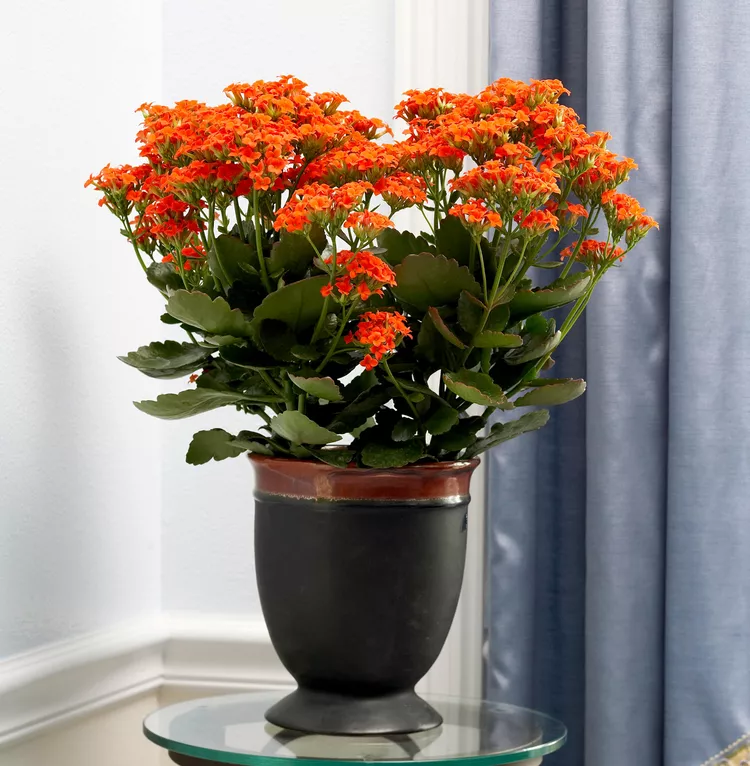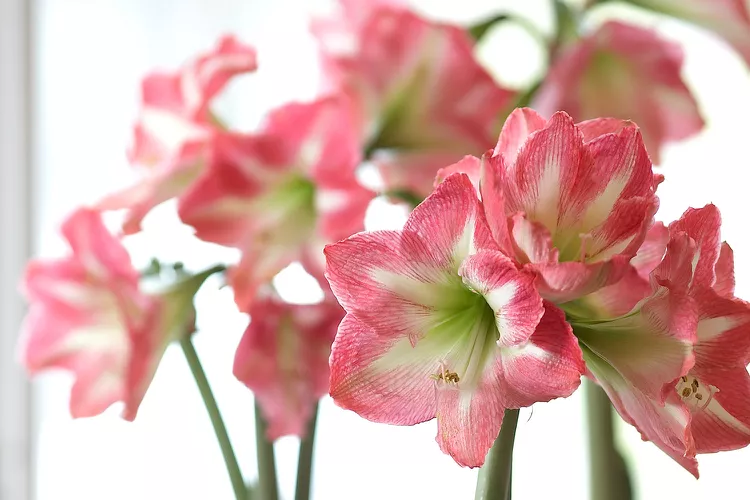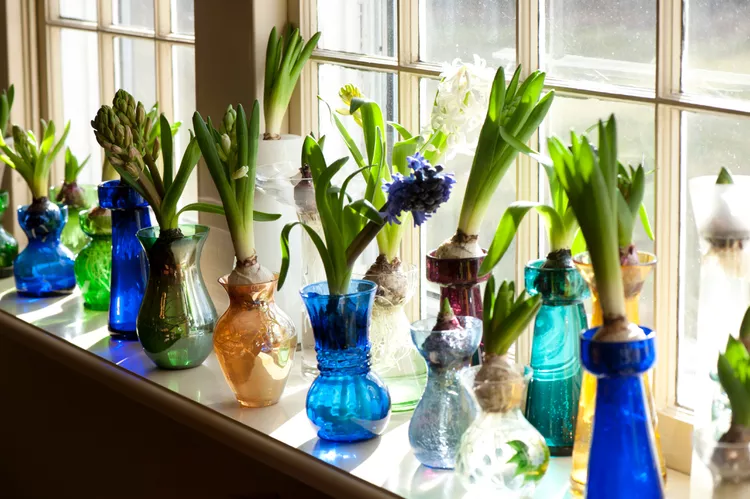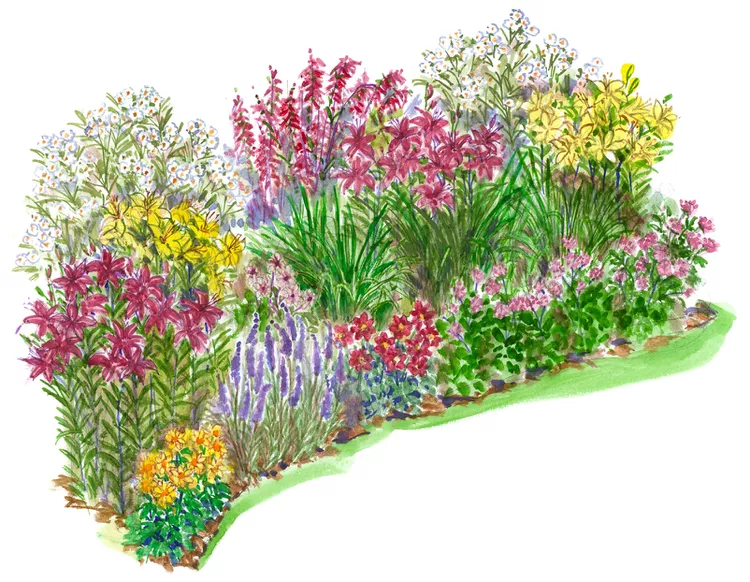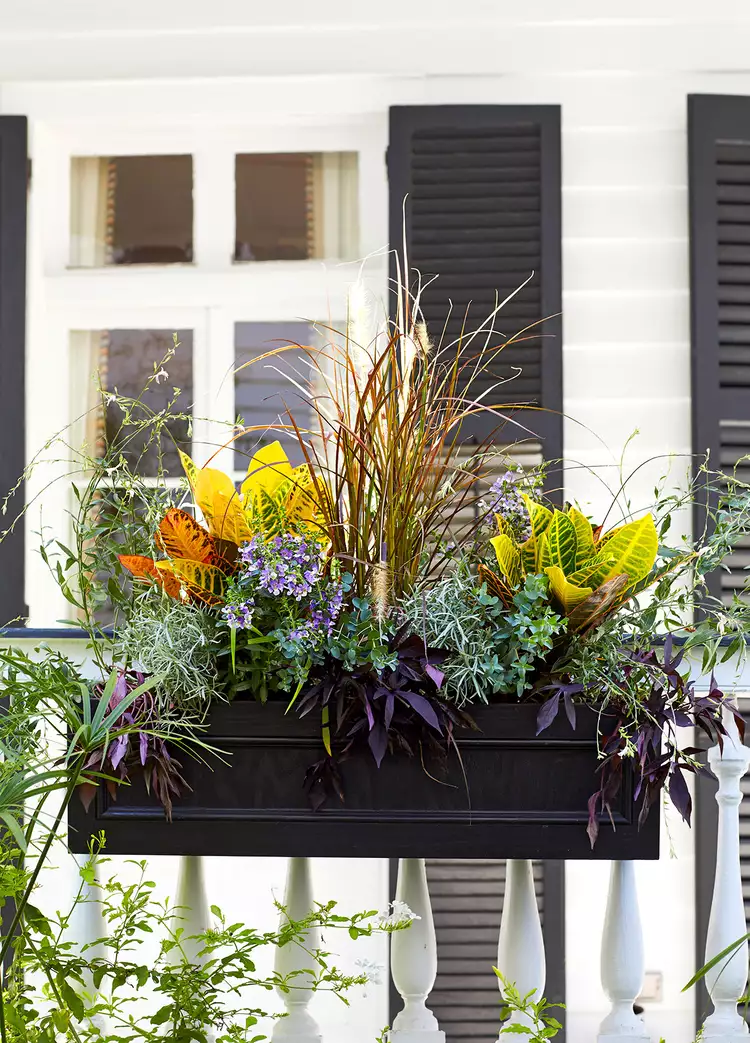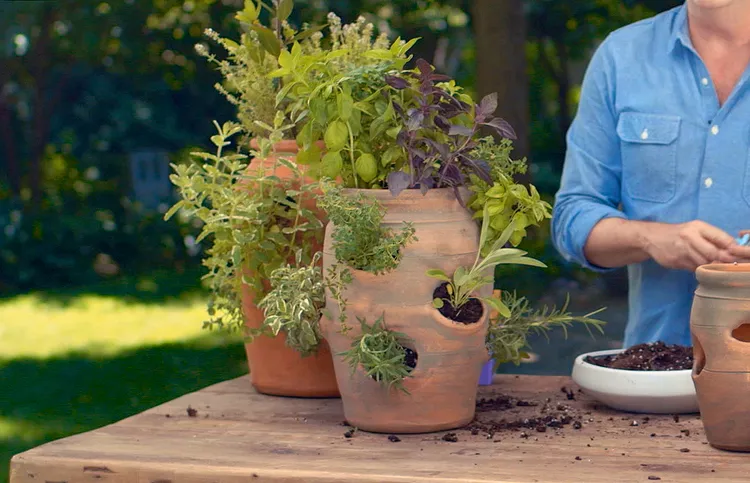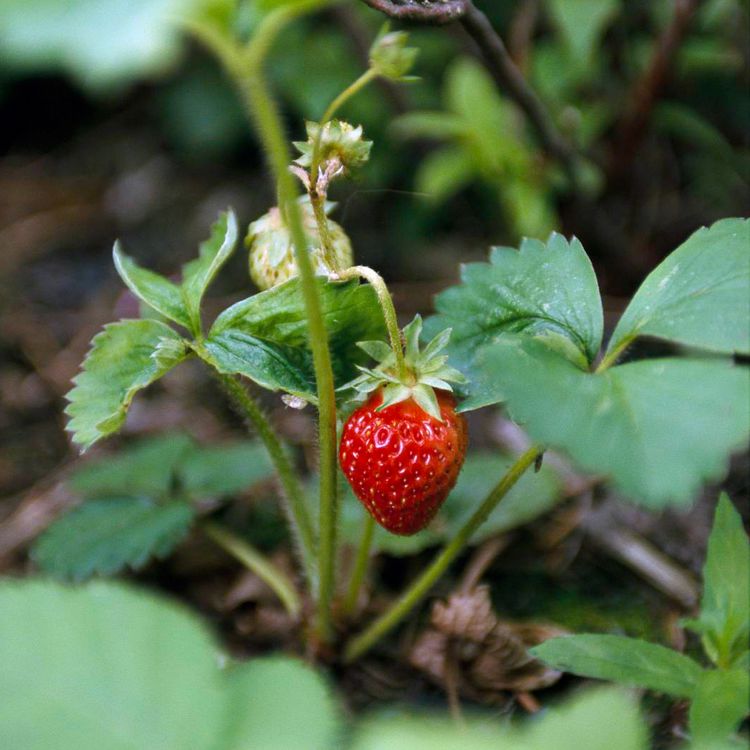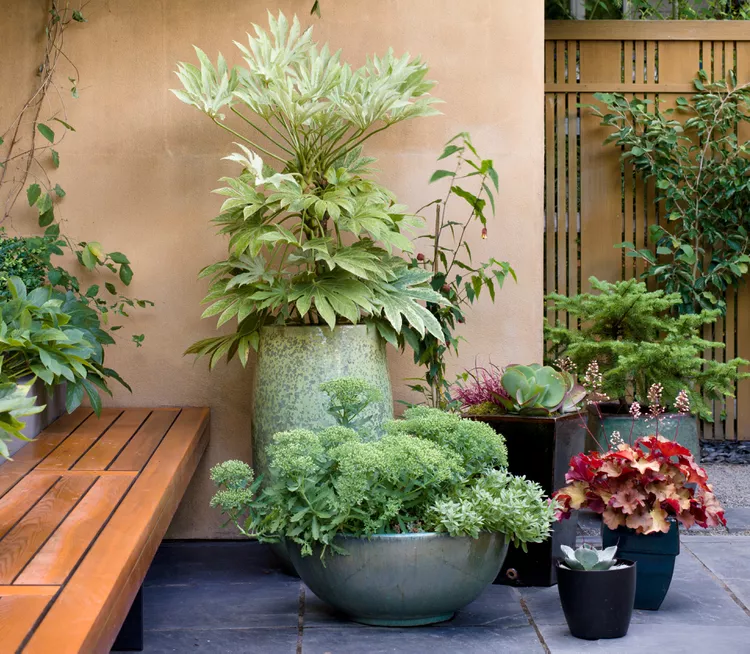A nostalgic favorite in the South, cypress vine is prized for its red, white, or pink trumpet-shaped blossoms and feathery, finely cut foliage. Like its close relative, morning glory, this annual tropical vine is a quick grower that blooms in as little as 30 to 45 days. It is easy to grow and blooms for months in the heat of summer, attracting hummingbirds and butterflies. Also, like morning glory, its flowers close up in the afternoon.
Cypress vine shares another less desirable trait with morning glories: It is toxic to humans and pets.
Cypress Vine Overview
| Genus Name | Ipomoea quamoclit |
| Common Name | Cypress Vine |
| Plant Type | Annual, Vine |
| Light | Sun |
| Height | 6 to 20 feet |
| Width | 1 to 2 feet |
| Flower Color | Pink, Red, White |
| Season Features | Fall Bloom, Summer Bloom |
| Special Features | Attracts Birds, Good for Containers, Low Maintenance |
| Propagation | Seed |
| Problem Solvers | Deer Resistant |
Where to Plant Cypress Vine
Cypress vine needs lots of sun and vertical space because this vigorous vine regularly grows 6 to 10 feet tall and occasionally stretches to 20 feet or more. It is unfussy about soil conditions as long as there is good drainage. It grows fine in soil from slightly acidic to slightly alkaline.
The vines might look delicate, but they need sturdy support. A pergola or arbor is ideal; otherwise, pick a location where you can safely anchor a trellis or netting against a structure such as a barren wall.
Cypress vine produces an abundance of viable seeds and reseeds itself freely. It is considered an invasive vine in the warm climate of the southeastern United States, where it has escaped cultivation and grows in the wild.
How and When to Plant Cypress Vine
Cypress vine is easy to start outdoors directly in the garden after there is no more danger of a spring frost. Wait until temperatures are regularly above 70 degrees Fahrenheit and the soil has warmed.
To aid germination, lightly nick the seeds (break the hard seed coat) and soak them in room-temperature water for 12 to 24 hours. Plant the seeds 2 to 3 inches apart, ¼ to ½ inch deep. Firm the soil over the seeds and keep them evenly moist until they germinate, which takes place in 14 to 21 days.
Thin out the seedlings to 12 inches apart. If planting seedlings, leave the same space between them. The seedlings are delicate, so handle them carefully. Cypress vine is slow to start growing but will climb quickly once it is established.
Cypress Vine Care Tips
Light
Cypress vine needs full sun to thrive. It can grow in a partially shady location, but it will bloom less prolifically.
Soil and Water
Although cypress vine prefers moist, rich, well-drained soil, it grows in soil of lesser quality with a pH between 6.0 to 7.5. Good drainage, however, is key. The plant does poorly in soggy soil.
Once it is established, it can handle some drought although it will grow faster and bloom heavier with regular watering.
Temperature and Humidity
As a tropical vine, cypress wine is frost-sensitive, that’s why most gardeners grow it as an annual. It does best where summers are long and hot. High humidity is usually not an issue.
Fertilizer
To give the vine a starting boost for its long blooming season, feed it with a high-phosphorus fertilizer, following product label instructions, just before the bloom.
Pruning
Because the vine grows so fast and vigorously, it can become very dense and lack air circulation, which encourages fungal diseases. Cutting it back and thinning it out occasionally helps keep the plant healthy.
Potting and Repotting Cypress Vine
To grow cypress vine in a container, you’ll need a location where the container can remain all summer without being moved. Also, make sure there is external support (wall, trellis, etc.) nearby so the vines can latch onto it.
Choose a 12-inch pot with large drainage holes made of heavy material (glazed ceramic or terra-cotta) so it does not topple over under the considerable weight of the vine. To add more weight to the container for stability, start with a layer of pebbles or small rocks at the bottom before filling it with well-draining potting mix. Keep in mind that container plants need more frequent watering and fertilizer than in-ground plants.
As an annual vine, cypress vine won’t require repotting during its single growing season.
Pests and Problems
Cypress vine has no serious issues with pests or diseases. It is not a favorite for deer browsing.
How to Propagate Cypress Vine
In a northern climate, you can get a head start on the growing season by starting the seeds indoors 4 to 5 weeks before the last expected frost date. For better germination results, nick the seeds and soak them in room-temperature water for 12 to 24 hours. Sow seeds ¼ to ½ inch deep in individual pots filled with soilless potting mix and cover them with potting mix or vermiculite. Keep seeds moist at a temperature around 70 degrees F. As the seedlings emerge, they will need a strong light source (grow lights, south- or west-facing window), or else they will become leggy. Harden the seedlings off after the last spring frost before planting them outdoors.











